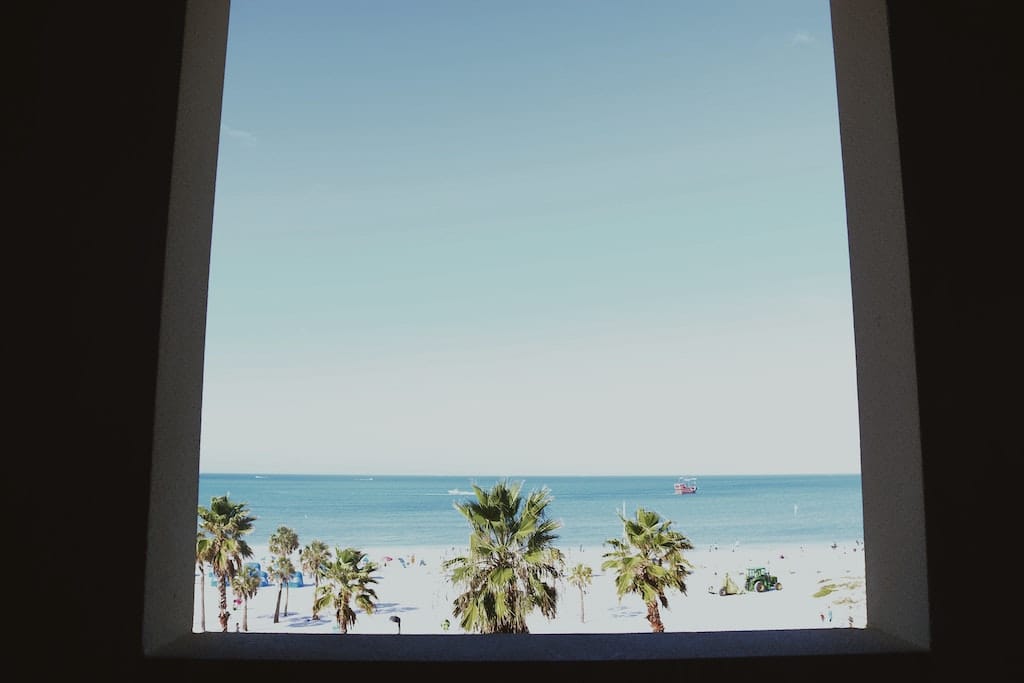All Categories
Featured
Table of Contents
Which Type Of Glass Is Best For Energy Efficiency? - A&l Windows in Oakford Perth
That window can send more solar heat in winter season than in summertime. A west-facing window on a summertime's afternoon has an angle of occurrence from near 0 approximately 30 with a large effective location of solar radiation. A north-facing window, in summertime, has a high angle of incidence and a low efficient location of solar radiation, so can transmit less heat than a west-facing one.

You can rapidly and quickly improve the thermal performance of your home by changing your windows. There are thousands of types of glass and frames to pick from.
Plastic Window Frames - Best Plastic Double Glazed ... in Kelmscott Western Australia
There are several kinds of glass items to pick from. Single glazing uses a single pane of glass. Single glazing with clear glass is not very effective when it comes to heat loss or gain. To enhance efficiency, you can utilize single glazing with a more energy-efficient type of glass such as low emissivity (low-e) glass.
The energy performance of IGUs also depends on: the properties of each layer of glass. Different glass types (for example, clear and low-e glass) can be put together in an IGU.
Which Type Of Glass Is Best For Energy Efficiency? - A&l Windows in Salter Point Perth

IGU cavities can be filled with air or a more inert, low-conductivity gas such as argon the width of the cavity. Larger cavities provide lower (better) U worths, with 12mm generally accepted as the preferred space how well the cavity is sealed.
If argon is set up to the cavity in location of air, moisture is reliably left out the level of desiccant (drying agent). The spacer (metal or polymer strip) that separates the glass layers contains a desiccant to soak up any wetness. Insufficient desiccant might trigger moisture to condense on the glass surface area in cold conditions, decreasing thermal performance.
Solace Creations: Home in Currambine Western Australia
IGUs can deliver better energy efficiency for all climates, particularly in heated and air-conditioned homes. Cross-section detail of single, double and triple-glazing units Low emissivity glass (frequently referred to as low-e glass) lowers heat transfer. Low-e glass may be either high or low transmission: High transmission low-e glass has a covering that enables daylight from the sun to pass into the home to achieve excellent solar heat gain, but lowers the quantity of the long wavelength infrared heat that can get away back through the window.
Low-e glass has either a pyrolytic finish or a vacuum-deposited thin film metal finishing. Pyrolytic coatings are long lasting and can be utilized for any glazing; vacuum-deposited finishes are soft and are only utilized within IGUs. Low-e finishings can significantly improve both U worth and SHGC; nevertheless, they should be utilized correctly or they will either degrade or fail to carry out as needed.
Which Type Of Glass Is Best For Energy Efficiency? - A&l Windows in Cannington WA
Low-e coverings can be used in combination with clear, toned or reflective glass. Low-e coverings on glazing can reduce heat transfer where needed Photo: Department of Market, Science, Energy and Resources Toned glass has actually colouring ingredients included during manufacture. It is available in different colours, usually bronze, grey, blue and green.
Table of Contents
Latest Posts
Buy Double Glazed Upvc Sliding Doors In Sydney in Bertram Perth
Does Double Glazing Reduce The Heat In Brisbane's Summer? in Darlington Perth
Double Glazed Windows Sydney in Merriwa Western Australia
More
Latest Posts
Buy Double Glazed Upvc Sliding Doors In Sydney in Bertram Perth
Does Double Glazing Reduce The Heat In Brisbane's Summer? in Darlington Perth
Double Glazed Windows Sydney in Merriwa Western Australia